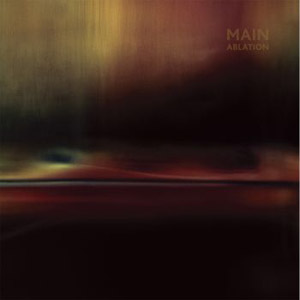 Capping off Robert Hampson's impressive return to activity with three recent solo releases on the Editions Mego, he has now officially resurrected the Main moniker, here in partnership with Stephan Mathieu. Ablation is consistent with the recent Hampson solo albums, but feels like a natural extension to the more abstract previous Main material, making for an appropriate new phase in the project's trajectory.
Capping off Robert Hampson's impressive return to activity with three recent solo releases on the Editions Mego, he has now officially resurrected the Main moniker, here in partnership with Stephan Mathieu. Ablation is consistent with the recent Hampson solo albums, but feels like a natural extension to the more abstract previous Main material, making for an appropriate new phase in the project's trajectory.
Two new shows just for you. We have squeezed out two extended release episodes for this weekend to get you through this week. They contain mostly new songs but there's also new issues from the vaults. The first show features music from Rider/Horse, Mint Field, Robert Aiki Aubrey Lowe, Anastasia Coope, ISAN, Stone Music, La Securite, Bark Psychosis, Jon Rose, Master Wilburn Burchette, Umberto, Wand, Tim Koh, Sun An, and Memory Drawings. The second episode has music by Laibach, Melt-Banana, Chuck Johnson, X, K. Yoshimatsu, Dorothy Carter, Pavel Milyakov, Violence Gratuite, Mark Templeton, Dummy, Endon, body / negative, Midwife, Alberto Boccardi, Divine. Cow in Maui from Veronika in Vienna. Get involved: subscribe, review, rate, share with your friends, send images! |



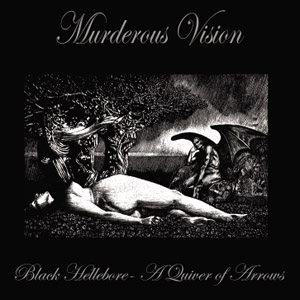 Having been active for over a decade and a half, Stephen Petrus' Murderous Vision alter ego has been a pillar in the US death industrial scene, creating a body of work that captures the essence of the likes of Brighter Death Now or Anenzephalia, but sounding completely original. Perhaps it is the fact that the material is not coming from the central European region but home grown out of Ohio, which is in itself a distinct industrial wasteland.
Having been active for over a decade and a half, Stephen Petrus' Murderous Vision alter ego has been a pillar in the US death industrial scene, creating a body of work that captures the essence of the likes of Brighter Death Now or Anenzephalia, but sounding completely original. Perhaps it is the fact that the material is not coming from the central European region but home grown out of Ohio, which is in itself a distinct industrial wasteland. These two compilations highlight some of the lesser-known composers who have worked at the Groupe de Recherches Musicale (GRM) in Paris. The first volume charts some of the obscurities of the 1960s while the second volume concentrates on works from the 1970s. Taken together, the Traces collections are a fascinating parallel to the reissues of major GRM albums that Recollection GRM have been doing, showing that equally maverick work was been done by names less familiar than Pierre Schaeffer or Luc Ferrari.
These two compilations highlight some of the lesser-known composers who have worked at the Groupe de Recherches Musicale (GRM) in Paris. The first volume charts some of the obscurities of the 1960s while the second volume concentrates on works from the 1970s. Taken together, the Traces collections are a fascinating parallel to the reissues of major GRM albums that Recollection GRM have been doing, showing that equally maverick work was been done by names less familiar than Pierre Schaeffer or Luc Ferrari.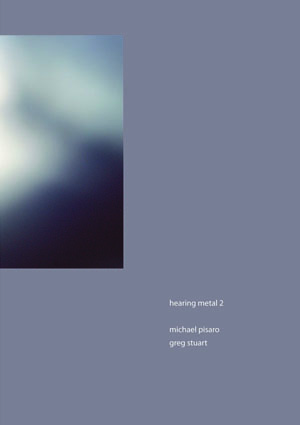 It may be that hearing metal means something different than hearing music. Like the Constantin Brâncuși sculpture to which its subtitle refers, Michael Pisaro's Hearing Metal 2 subsists more in the grain and shape of its materials and less in the will of its author. It is composed and performed, and has a beginning and an ending, but it doesn't move from left to right like a song. It feels and sounds more like a space that I can walk through, my position and my frame of mind determining how—and what—I hear.
It may be that hearing metal means something different than hearing music. Like the Constantin Brâncuși sculpture to which its subtitle refers, Michael Pisaro's Hearing Metal 2 subsists more in the grain and shape of its materials and less in the will of its author. It is composed and performed, and has a beginning and an ending, but it doesn't move from left to right like a song. It feels and sounds more like a space that I can walk through, my position and my frame of mind determining how—and what—I hear.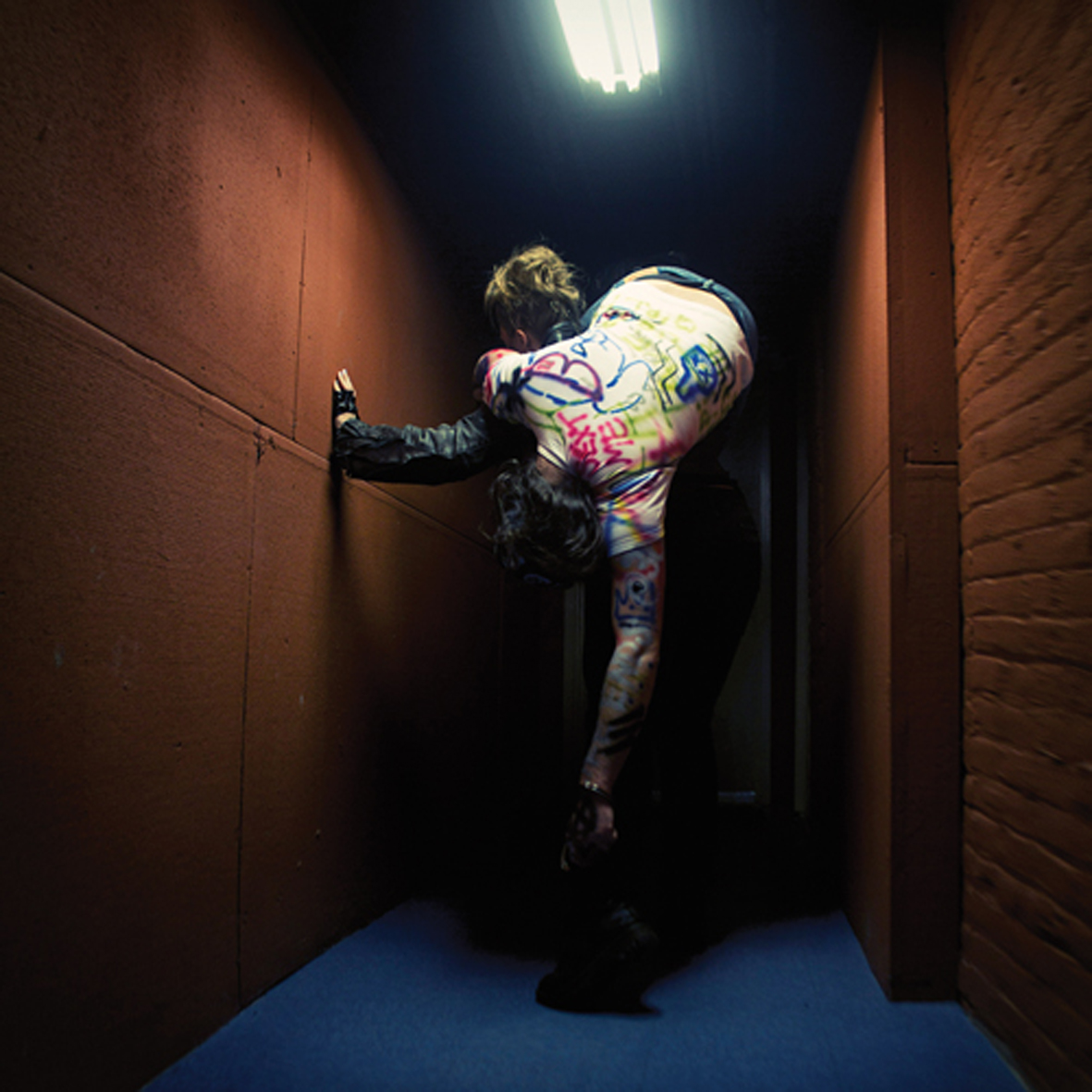 It has been quite a while since Swanson's last major statement (2011's Man With Potential) and that situation that has not been changed by the release of this 4-song EP (which is only slightly longer than last year's excellent Pro Style 12" single).  Punk Authority shows some very promising evolution though, ingeniously tweaking Pete's love of thumping four-on-the-floor beats while significantly cranking up the punishing brutality.  In theory, that should make for yet another great Pete Swanson release (and it arguably does), but the content is not always on the same level as the leap forward in style, making this EP sometimes feel comparatively bloated and light on hooks.
It has been quite a while since Swanson's last major statement (2011's Man With Potential) and that situation that has not been changed by the release of this 4-song EP (which is only slightly longer than last year's excellent Pro Style 12" single).  Punk Authority shows some very promising evolution though, ingeniously tweaking Pete's love of thumping four-on-the-floor beats while significantly cranking up the punishing brutality.  In theory, that should make for yet another great Pete Swanson release (and it arguably does), but the content is not always on the same level as the leap forward in style, making this EP sometimes feel comparatively bloated and light on hooks.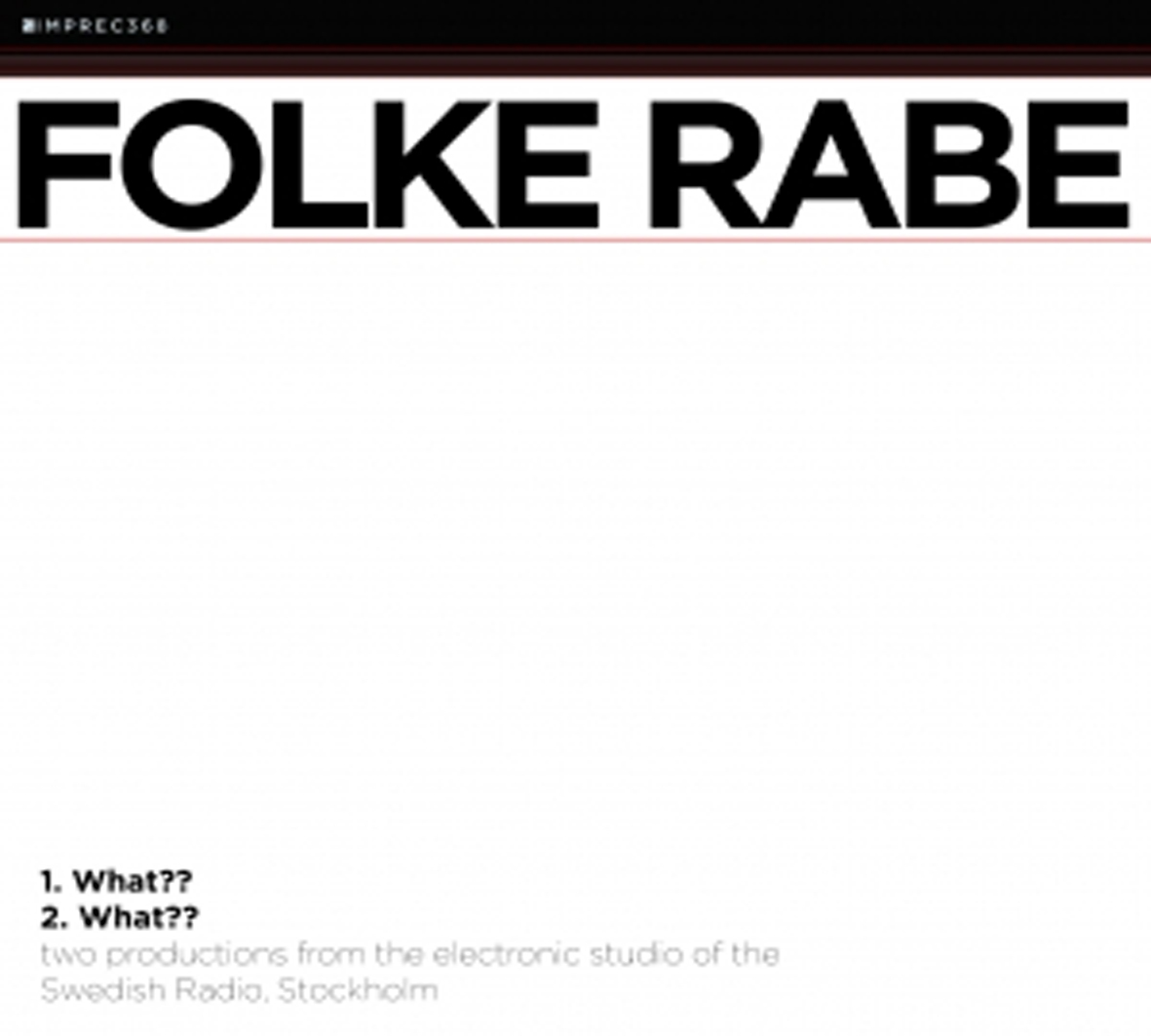 Important Records keeps their recent string of excellent minimal drone albums intact with this long-neglected gem from the distant past.  Originally released back in 1970 as Was?? on a split with psych legend Bo Anders Persson (Pärson Sound), What?? has woefully only re-surfaced once in the ensuing four decades (in 1997 on Jim O'Rourke and David Grubbs' Dexter's Cigar imprint).  While it sounds quite contemporary today, I cannot begin to imagine how it was originally received, as it is essentially nothing less than an uncomfortably dissonant rejection of nearly every major aspect of Western music (composed at the height of rock's supremacy, no less).
Important Records keeps their recent string of excellent minimal drone albums intact with this long-neglected gem from the distant past.  Originally released back in 1970 as Was?? on a split with psych legend Bo Anders Persson (Pärson Sound), What?? has woefully only re-surfaced once in the ensuing four decades (in 1997 on Jim O'Rourke and David Grubbs' Dexter's Cigar imprint).  While it sounds quite contemporary today, I cannot begin to imagine how it was originally received, as it is essentially nothing less than an uncomfortably dissonant rejection of nearly every major aspect of Western music (composed at the height of rock's supremacy, no less). Is there such a term for a Catch-22 with a Catch-22? One of the massive upsides to recording music in the current age is the ability to affordably multi-track in real-time. Studio time and money isn't burned in a studio recording demos and soon-to-be outtakes. Waste is decreased, or is it? Are those first versions unimportant artifacts? Is the final product any better because it was practiced less? As a fan of the Shadow Weaver albums these two collections are an exciting special treat, but I doubt any of these songs would have made a mix tape of mine for an LPD newbie 20 years ago.
Is there such a term for a Catch-22 with a Catch-22? One of the massive upsides to recording music in the current age is the ability to affordably multi-track in real-time. Studio time and money isn't burned in a studio recording demos and soon-to-be outtakes. Waste is decreased, or is it? Are those first versions unimportant artifacts? Is the final product any better because it was practiced less? As a fan of the Shadow Weaver albums these two collections are an exciting special treat, but I doubt any of these songs would have made a mix tape of mine for an LPD newbie 20 years ago.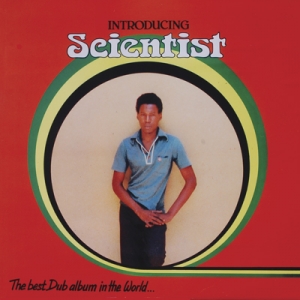 The perfect blending of rhythms, effects, and an oddly bucolic ambiance characterize Scientist's 1980 debut, an effortless masterwork of dub which very nearly earns its self-aggrandizing title in addition to exemplifying why Hopeton Brown was bestowed such an accurate moniker. Nearly all bass and drums plus studio wizardry and scarce half-choruses of organ or guitar, Scientist intimates the future of electronic music to an unsuspecting public in two minute servings, with groundbreaking restraint.
The perfect blending of rhythms, effects, and an oddly bucolic ambiance characterize Scientist's 1980 debut, an effortless masterwork of dub which very nearly earns its self-aggrandizing title in addition to exemplifying why Hopeton Brown was bestowed such an accurate moniker. Nearly all bass and drums plus studio wizardry and scarce half-choruses of organ or guitar, Scientist intimates the future of electronic music to an unsuspecting public in two minute servings, with groundbreaking restraint. For every stubborn fan who thinks their best period ended with LP5, there are plenty of others who have found something to love in Autechre's post-Confield run. Expectations and ideas about what Autechre should sound like aside, there's actually plenty there to love. But Exai is one of their best albums, period. Forget about their past work. Without the shadow of Tri Repetae hanging over them, these 17 songs prove to be among the most hypnotizing and dynamic the duo has ever made.
For every stubborn fan who thinks their best period ended with LP5, there are plenty of others who have found something to love in Autechre's post-Confield run. Expectations and ideas about what Autechre should sound like aside, there's actually plenty there to love. But Exai is one of their best albums, period. Forget about their past work. Without the shadow of Tri Repetae hanging over them, these 17 songs prove to be among the most hypnotizing and dynamic the duo has ever made.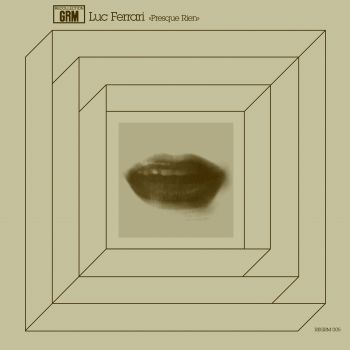 When Luc Ferrari first presented Presque Rien No. 1: Le Lever du Jour au Bord de la Mer (Almost Nothing No. 1: Daybreak at the Seashore) to his colleagues at the GRM, it caused quite a stir. Ironically for such adventurous experimenters in sound, Presque Rien was both too far away from music and too far away from the main principles of musique concrète. However, the four segments of Presque Rien represent some of the most exciting ideas and sounds in the history of electronic music. It goes far beyond an interesting experiment to being a landmark piece of composition whose effects are still reverberating today.
When Luc Ferrari first presented Presque Rien No. 1: Le Lever du Jour au Bord de la Mer (Almost Nothing No. 1: Daybreak at the Seashore) to his colleagues at the GRM, it caused quite a stir. Ironically for such adventurous experimenters in sound, Presque Rien was both too far away from music and too far away from the main principles of musique concrète. However, the four segments of Presque Rien represent some of the most exciting ideas and sounds in the history of electronic music. It goes far beyond an interesting experiment to being a landmark piece of composition whose effects are still reverberating today.
